Velocity-Based Moving Mesh Discontinuous Galerkin Algorithms for Moving Boundary Problems
Please login to view abstract download link
Moving mesh algorithms can be categorised as mapping-based or velocity-based. Mapping-based approaches are natural when the mesh is adapted according to a map defined by a local error indicator or a map of domain deformation from some equilibrium state, as in many fluid-structure interaction problems. They also provide a framework for mathematical analysis. However, in time-dependent, fluid-based models the mapping is often artificial and must be redefined every time-step: it is more natural and convenient to consider a velocity-based approach which is local to the current time-step and requires no mapping between physical and computational space. A major challenge of velocity-based finite element methods is progression beyond second-order accuracy. For piecewise linear mesh velocities on simplices, the Jacobian of the corresponding mapping, which is affine on each mesh element, is piecewise constant and the two approaches are, essentially, equivalent. Similarly, the conservative and non-conservative forms of the velocity-based approach are interchangeable since the assumption made in deriving the conservative form, that test functions move with the mesh velocity, generates a set of test functions on the new mesh which form a basis of the polynomial space in which the approximation at the new time level is being sought. This property is lost for higher-order representations of the mesh velocity field. In one dimension, as long as the boundary movement is predicted with the desired order of accuracy, the internal mesh movement can be defined by a piecewise linear velocity field which respects the boundary velocity and any high-order solution approximation is retained. In higher space dimensions, a piecewise linear mesh velocity field is not possible because a high-order approximation of the moving boundary is required. This talk will outline a conservative, velocity-based, moving mesh discontinuous Galerkin algorithm which aims to retain high-order accuracy on moving curved boundaries. By considering polytopic space-time elements, it removes the assumption that the test functions move with the mesh velocity and leads to a conservative, mapping-free, time-stepping approach with the potential to generalise to multidimensional meshes of curved-boundary elements, while retaining the order of accuracy of the corresponding fixed-mesh method. Early results will be presented for an implicit moving boundary problem generated by a nonlinear diffusion equation.

